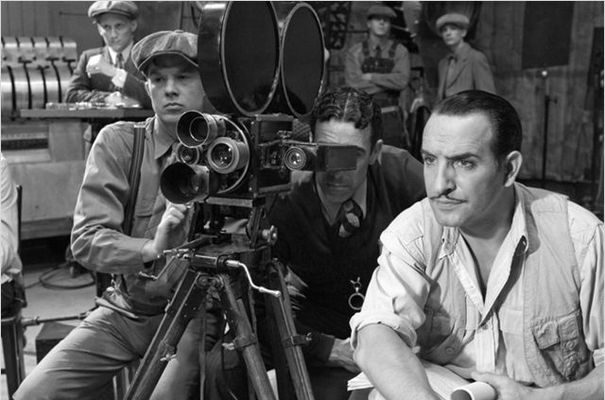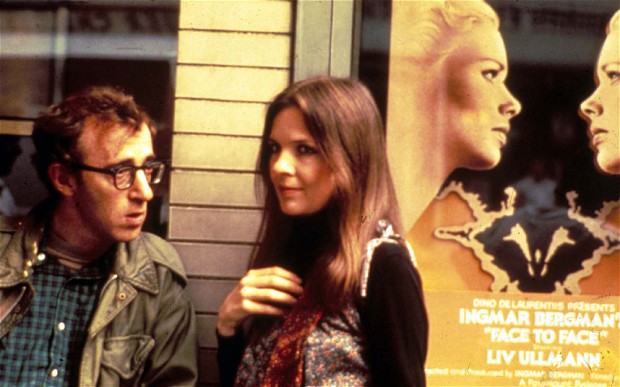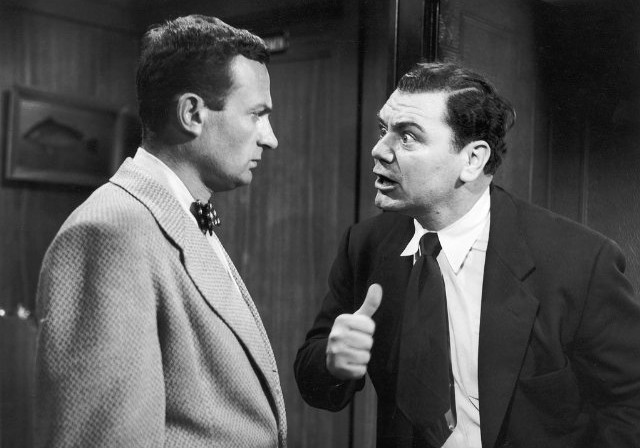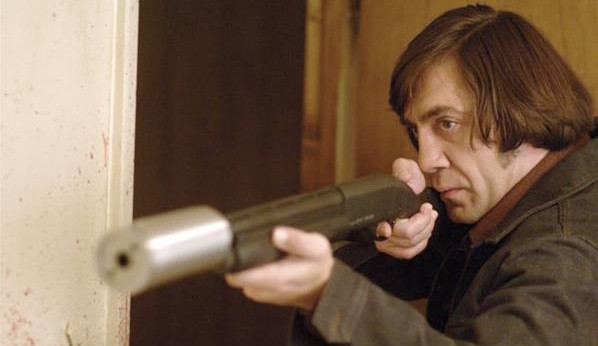6. Rebecca (1940)

Rebecca isn’t an outright horror film like The Silence of the Lambs, but it is a thriller/mystery, and those typically don’t do too well either. If Rebecca were released today, nobody would even consider it as a Best Picture contender.
Thrillers are a small step above horror films in terms of Best Picture chances. If you need proof, look no further than both Gone Girl and Nightcrawler. Despite earning immense amounts of critical praise, including plenty of award nominations, neither were able to even earn a nomination. Thrillers don’t jive with the Oscars. They’re arguably not “important” enough to earn the votes of the Academy, and that’s a shame.
Rebecca was definitely more straightforward than some of Hitchcock’s films, but it was still a dark, psychological mystery film. Given the bias against the genre, it shouldn’t have done particularly well with Oscar votes.
It was certainly up against more traditional choices like The Grapes of Wrath, The Long Voyage Home, and All This, and Heaven Too. Despite not being able to earn the Best Director award, Hitchcock’s film still succeeded and won the most important prize of the night. To this day, many argue that Rebecca is the only true suspense film to ever win the award.
7. The Artist (2011)

Not only is The Artist a strange Best Picture choice, it’s also a strange film in general. It’s actually kind of surprising that it took someone that long to create a modern silent film. Sure, Mel Brooks took a stab at it in the 70s, but that wasn’t an homage to silent films as much as it was a satirical take on them.
The Artist was a risky film. Regular filmgoing audiences would certainly be cautious approaching a black and white silent film in 2011.
The most academy-appropriate films of 2011 were undoubtedly Moneyball and The Descendents. Both films briefly enjoyed a frontrunner status before The Artist started dominating the precursor awards. This black and white silent film with unknown stars and an unknown director simply didn’t seem fit for Academy glory.
It was an unusual film that seemed destined for cult classic status more than anything. It seemed that it resonated with Oscar voters though, once again proving that Weinstein backed films never cease to impress the Academy.
8. Annie Hall (1977)

Woody Allen films do incredibly well in the screenplay categories. In theory, these quirky, lighter films should only do well in the screenplay category. The movies of Woody Allen are too simplistic and comedic to earn the Best Picture award.
Similar to directors like Wes Anderson and Spike Jonze, Woody Allen refuses to cave by making Oscar-friendly films. Allen is comfortable just making films that he enjoys. Whether or not they have mainstream appeal doesn’t seem to come across his mind.
Annie Hall earning love in the screenplay category is no surprise. The Academy has never been scared to give unique movies screenplay victories. A best picture victory, however, seemed out of the question for this silly romantic comedy.
For one, romantic comedies are almost always destined for failure. Then there’s the fact that the overt quirkiness of the film doesn’t necessarily scream “best picture.” While it wasn’t nearly as weird as a Star Wars victory, which certainly seemed like a possibility, Annie Hall’s victory is still strange when compared to the other choices.
9. Marty (1955)

By the time Marty was released, the Best Picture philosophy was “the bigger the better.” They’ve always stood by their genre biases, but when it comes to budget and scale, the Oscars have been all over the place. In the ‘50s, Best Picture winners were typically large-scale productions.
Examples of winners around this time include The Greatest Show on Earth, On the Waterfront, Around the World in 80 Days, and The Bridge on the River Kwai. They were extravagant, flashy, and cinematically impressive. In comparison, Marty was a very modest and very small motion picture. It relied not on flashy filmmaking but on its clever script and committed performances.
Let’s take a look at the budgets of the other Best Picture winners in comparison to Marty. Around in the World in 80 Days and The Bridge on the River Kwai were filmed for $6 million and $2.8 million respectively. In comparison, Marty cost about $350,000.
Again, small budget films aren’t out of the question today. In fact, the smaller movies tend to be Best Picture winners recently. However, back when Marty was released, it was a downright oddity that something so simply constructed could be considered the “best movie of the year.”
10. No Country for Old Men (2007)

If you look up No Country for Old Men on Wikipedia, you’ll see that it is described as a “neo-Western thriller.” Westerns don’t do well at the Oscars, thrillers don’t do well at the Oscars, and contemporary takes on old genres don’t do well at the Oscars. In terms of its genre, No Country for Old Men was dead on arrival.
After failing to earn the top prize at the BAFTAs and the Golden Globes, No Country for Old Men seemed in danger. After all, Atonement was a more traditional choice. In addition, No Country for Old Men had plenty of other films as competition. In all honesty, the Best Picture field that year was a pretty competitive one.
Once again proving that nothing matters until the Producers Guild of America picks the Best Picture, No Country for Old Men ended up winning both the PGA award and the Oscar. Meanwhile, Atonement, the safest choice of the night, didn’t even earn a PGA nomination.
Author Bio: Justin is a paraprofessional teaching assistant and full-time film enthusiast with a degree in English. When he’s not writing about films, he’s probably watching them in his spare time.